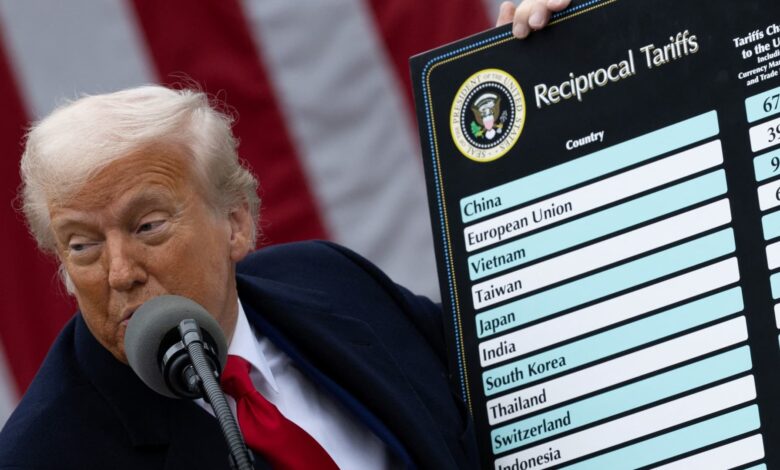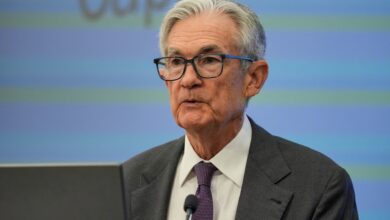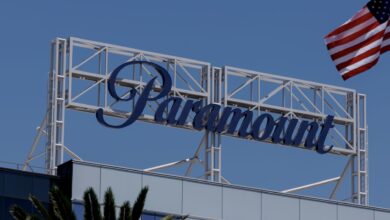Trump’s tariffs won’t lead to a resurgence of U.S. manufacturing jobs, Wells Fargo analysis says

President Donald Trump’s tariffs are designed to provide incentives to bring manufacturing jobs back to the United States, but the goal isn’t as feasible as it appears, according to an analysis from Wells Fargo. Moving factory work back to the U.S would mean a significant increase in labor costs, which many companies simply could not afford, the Wall Street bank said. Even if they are willing to absorb or pass the higher prices onto consumers, companies are challenged by an already tight labor market for production workers. “A meaningful increase in factory jobs does not appear likely in the foreseeable future, in our view,” Sarah House, senior economist at Wells Fargo, said in a research report. “Higher prices and policy uncertainty may weigh on firms’ ability and willingness to expand payrolls.” The Trump administration believes a reshoring boom is on the horizon in the wake of a trade war that brings the effective tariff rate facing importers to the highest level since the 1940s, even accounting for the recent pause on some of the heaviest duties. Trump has also promised tax cuts for companies that bring back manufacturing to the U.S. There have been a few of high-profile announcements from the tech sector , including Nvidia’s plans for a supercomputer plant in the U.S. and Apple’s commitment to invest $500 billion at home. ‘Uphill battle’ Still, restoring manufacturing employment back to its heyday seems to be a fool’s errand, according to Wells Fargo. Currently the country has 12.8 million manufacturing jobs, 6.7 million fewer than its 1979 peak. In order to bring the sector back to its golden era, employment would need to rise by roughly 22 million jobs. However, there are only 7.2 million unemployed people in the U.S., Wells Fargo said. “Returning U.S. manufacturing employment to a level that remotely resembles its historical peak will be an uphill battle,” Wells Fargo said.




